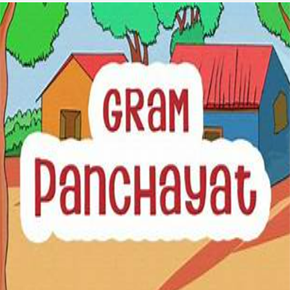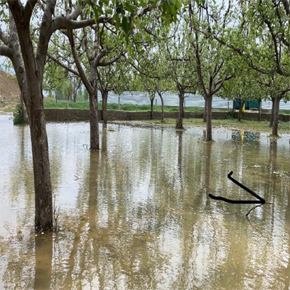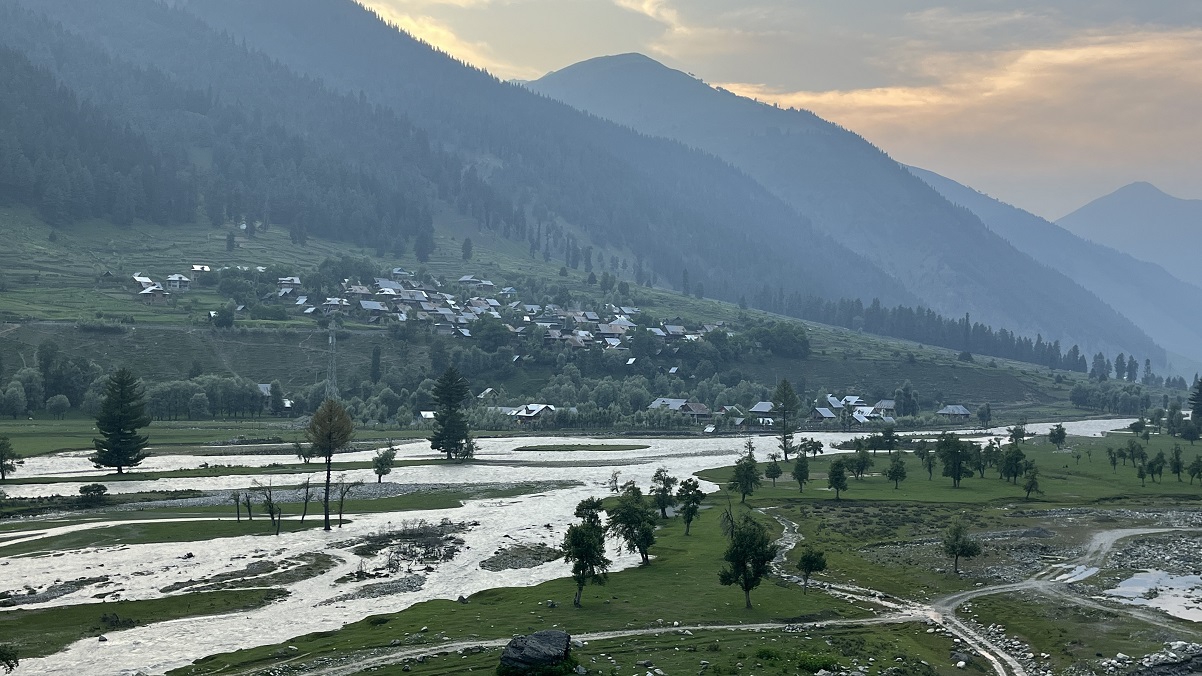During my recent visit to Gujarat, especially the Kutch region, I went to the remotest villages of Banni area near Rann of Kutch. I found that a hundred per cent of villages were electrified. The roads in these areas were not good as the area is submerged in waters during monsoon but during my two-days stay at Bhirandiyara village in Banni areas of Kutch Gujarat, the electricity was uninterrupted. When I explored the reasons, I came to know that Gujarat produces huge electricity and during the last 10 years, power generation has been huge especially from renewable energy sources like solar and wind. The state produces huge electricity from wind. Infact, the Gujarat Government is fully focussed on tapping renewable energy. This has increased the setting up of wind power plants and rise in the wind power capacity in the last few years.
As per official data, the wind power generation in Gujarat increased ten times in the last six years. The state has the highest share of 24% of the total wind power capacity of India. The state produces around 10,500 megawatts of electricity from wind energy. A massive and huge single largest wind turbine of 5.2 MW capacity at 120 meters hub height was installed in Mundra area of Gujarat in November 2022. The tallest wind turbine (3 MW) is also located in Gujarat located at Gondal with 160 meters height.
Tamil Nadu’s total wind capacity was 9608 MW by the end of March 2021, while Gujarat’s capacity was approximately 1,000 MW lower, at 8562 MW. However, by the end of January 2023, Gujarat’s total wind power capacity had risen to 9,919 MW, while Tamil Nadu’s installed wind energy capacity was at 9964 MW. Gujarat gained 710 MW in the current fiscal year, whereas Tamil Nadu added only 99 MW. By mid-2023, Gujarat had surpassed Tamil Nadu in installed capacity. Tamil Nadu produces around 10,150 Megawatts of electricity from wind.
History of wind energy in India
To explore the possibilities of generating electricity from wind in India, we need to take a look at the history. It dates back to 1952 when a distinguished power engineer Manikal S Thacker (1908-1998) initiated a wind power project at the Council for Scientific and Industrial Research (CSIR). Mr Thacker was not only a distinguished power engineer but also served as the Director General of CSIR. He was later appointed as the Secretary to Govt of India’s Ministry of Scientific Affairs and Culture from 1957 to 1962. From 1962 to 1967, Manikal S Thacker was appointed as a member of the Planning Commission as well. Under his guidance, the CSIR established a Wind Power Sub-Committee under P. Nilakantan, which was assigned the task of investigating the available resources that could be practically utilised, along with researching the economic possibilities of wind energy in collaboration with the Indian Meteorological Department. The Sub Committee scientifically reviewed available data on surface winds in India, their velocity duration, and began detailed surveys at various potential sites. The committee successfully developed and tested large wood-and-bamboo windmills. This was the time when Solar Power was also explored in India as the same came up for discussion and deliberation in the third five year plan ( 1961-1966). However, solar power generation got a huge boost in India as compared to wind energy.
In 1960, the CSIR established a Wind Power Division as part of the new National Aeronautical Laboratory (NAL) in Bangalore, which was founded that year. From the 1960s into the 1980s, the NAL and other groups continued to carry out wind velocity surveys and develop improved estimates of India’s wind energy capacity. Large-scale development of wind power began in 1985 with the first wind project in Veraval, Gujarat, in the form of a 40-kW Dutch machine (make Polenko) connected to the grid. The project, an initiative of Dr. K S Rao, the then Director of Gujarat Energy Development Agency-GEDA was a joint venture between GEDA and J K Synthetics Ltd. Though the performance of this machine was quite poor, it established the technical viability of operating wind turbines in the grid-connected mode in India.
Subsequently, the Government of India planned several demonstration wind farms in the coastal regions of the country and simultaneously launched a massive programme to identify sites suitable for wind projects. In 1986, demonstration wind farms were set up in the coastal areas of Ratnagiri Maharashtra, Okha in Gujarat and Trunilveli in Tamil Nadu with 55 kW Vestas wind turbines. These demonstration projects were supported by the Ministry of New and Renewable Energy (MNRE).
The demonstration projects set up in 1985–86 established beyond doubt, both the technical and economic viability of the wind energy projects, while the wind-mapping programme resulted in the identification of many sites suitable for wind power projects. Wind power accounts for nearly 10% of India’s total installed utility power generation capacity and generated 71.814 TWH (Terawatts Hour) in the fiscal year 2022–23, which is nearly 4.43% of total electricity generation.
Wind Energy Potential in J&K
As per the draft Wind Power Policy of J&K which was prepared by the Department of Science and Technology in 2023, wind is a favorable source of energy. According to the draft policy, J&K has an installable wind energy potential of 5311 MW at 50m height and 5685 MW at 80m height. The power generation depends on the height of the turbines . The higher the height the more is the wind.
In 2012, the then Government headed by Omar Abdullah had announced the project to set up a wind power plant in Bidda area of Reasi but the said project was never taken up.
The Chennai based National Institute of Wind Energy (NIWE) had started a survey in Jammu and Kashmir in 2012 to ascertain wind energy potential. Some Wind Masts were installed at various locations in Jammu & Kashmir by NIWE to get the details of wind energy potential. Wind masts are tower-like objects used to monitor wind speed and directions at a good height above the ground. One site around Resai at Bidda village was found feasible in the Jammu region. It was estimated that 8 to 10 megawatts of electricity would be generated from the wind power in Bidda Reasi. The J&K Energy Development Agency (JAKEDA) was to set up a 6 MW Wind Power Project on pilot basis under the Wind Demonstration Scheme of Govt of India. The land was also identified but till date even this pilot project didn’t come up due to unknown reasons.
In fact, during the Assembly Session in 2017, on the floor of the house, the Government had stated that work on the Wind Energy Project at Bidda would begin during the 2017-18 financial year at a cost of Rs 46 crore. It was also mentioned that JAKEDA had made all the arrangements to exploit the available potential with the financial support from the Union Ministry of New and Renewable Energy (MNRE) but till date that work was never taken up.
Conclusion
Wind Power is one of the oldest energy sources used by humans. Today, it is the most established and efficient renewable energy resource.
Recently I found huge wind parks set up in the Bijapur area of Karnataka. Infact, I had reported this in our weekly Inkishaf as well. You can find it here: https://www.youtube.com/watch?v=TpPL0pFoiqM
J&K has vast meadows and mountains where there is sufficient wind all through the year and these areas can be explored to set up wind power parks. At a time when the Govt talks about investments in J & K, I would suggest that people who have invested in the Wind Energy sector in Gujarat or Tamil Nadu must be asked to come to J&K as well and collaborate with the local businessmen so that wind energy is utilised in Jammu & Kashmir as well.

























































































